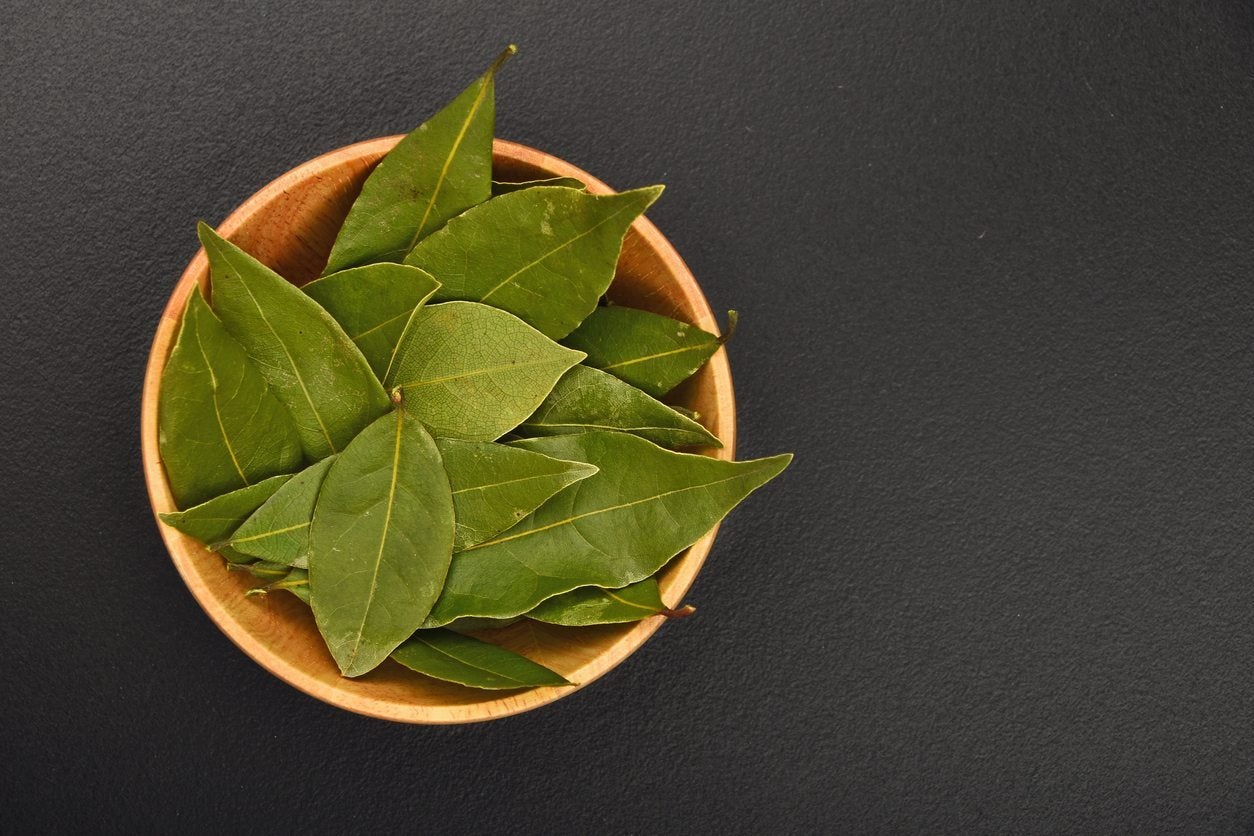
Sweet bay is an integral part of most of my soups and stews. This Mediterranean herb imparts a subtle flavor and boosts the flavor of other herbs. While not winter hardy, bay can be grown in a pot in colder zones which can be moved indoors during colder weather, meaning that almost everyone should be picking their own bay leaves; of course, you need to know when to pick them. Is there a specific bay leaf harvest time of year? The following article contains information on harvesting bay leaves, including when and how to harvest bay leaves.
When to Harvest Bay Leaves
Bay laurel is an evergreen shrub that grows in USDA zones 8 and above. Its attractive, glossy green leaves are the star attraction used dried in a variety of dishes, such as soups and stews. It is the key ingredient in Bouquet de garni and is the signature herb in the well-known Old Bay Seasoning. Once the plant is a couple of years old, you may begin picking bay leaves. Other than waiting a couple of years for the plant to mature, there is no set bay leaf harvest time; the leaves can be picked throughout the growing season as needed.
How to Harvest Bay Leaves
Select the largest leaves when harvesting bay leaves. Unlike other herbs that are at their peak when young and tender, bay leaf has a more intense flavor when older. As mentioned, bay leaves can be harvested during the growing season, but if you wish to harvest a bunch at one time, harvest in the midsummer when the leaves are at their peak in terms of essential oils, hence flavor. Simply hand pick or snip off large, unblemished bay leaves for harvest. Line a baking sheet with paper towels and spread the leaves out. Or lay the leaves out singly, without overlapping, and dry on a piece of mesh screen. Store bought dry bay is usually bone dry, but freshly dried leaves have a better, deeper flavor. Ideally, dry the leaves for between 48 and 72 hours. If you would rather have bone dry bay leaves, allow the leaves to dry for two weeks in a warm area that is out of direct sunlight. Why are you drying the leaves? Fresh bay leaves tend to be rather bitter and drying them tempers their bitterness. When dry, store bay leaves in an airtight jar of sealed plastic bag out of direct sunlight at a temperature between 65 and 70 degrees F. (18-21 C.) for up to a year.
Sign up for the Gardening Know How newsletter today and receive a free copy of our e-book "How to Grow Delicious Tomatoes".

Amy Grant has been gardening for 30 years and writing for 15. A professional chef and caterer, Amy's area of expertise is culinary gardening.
